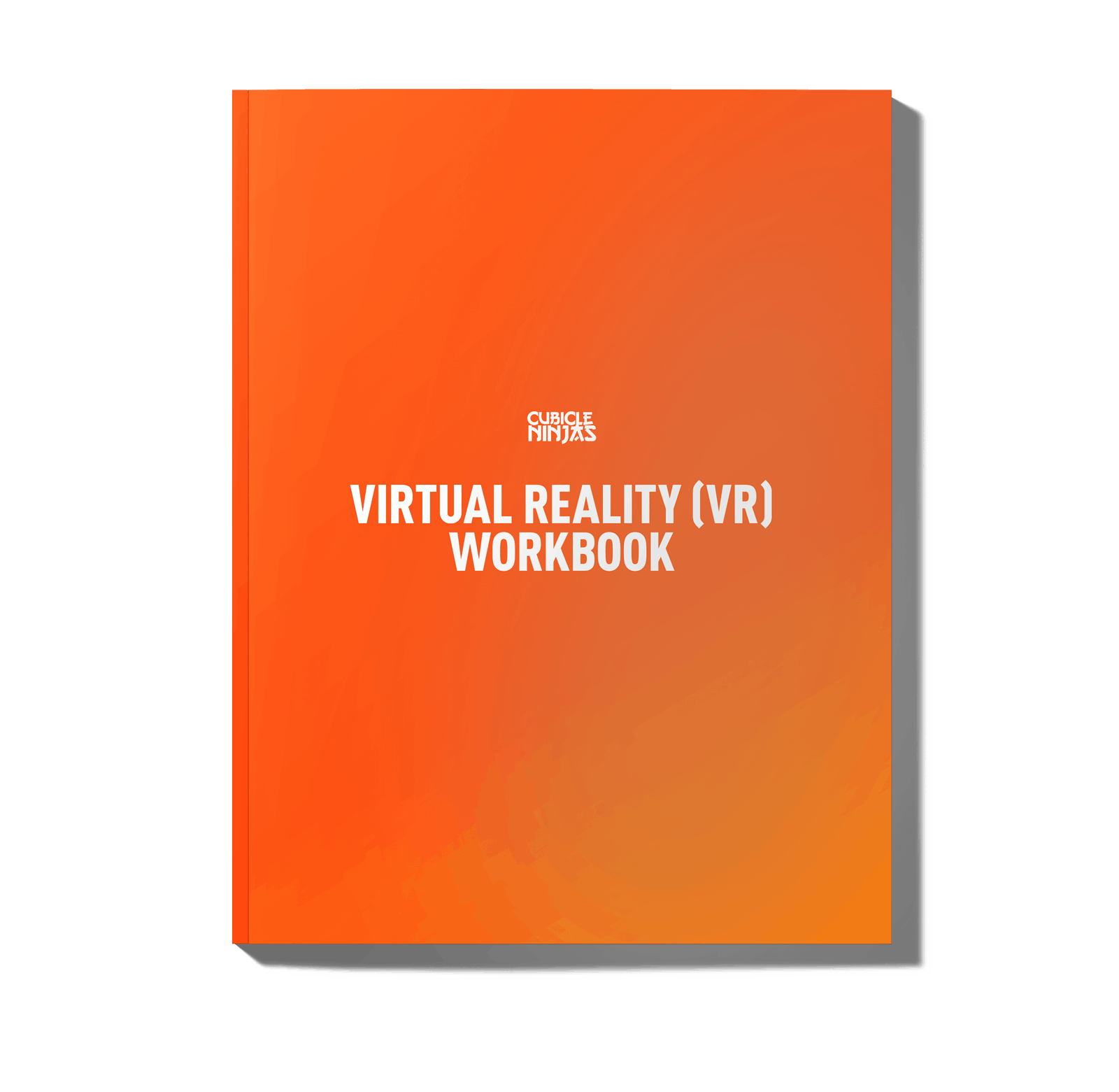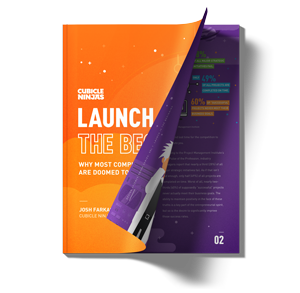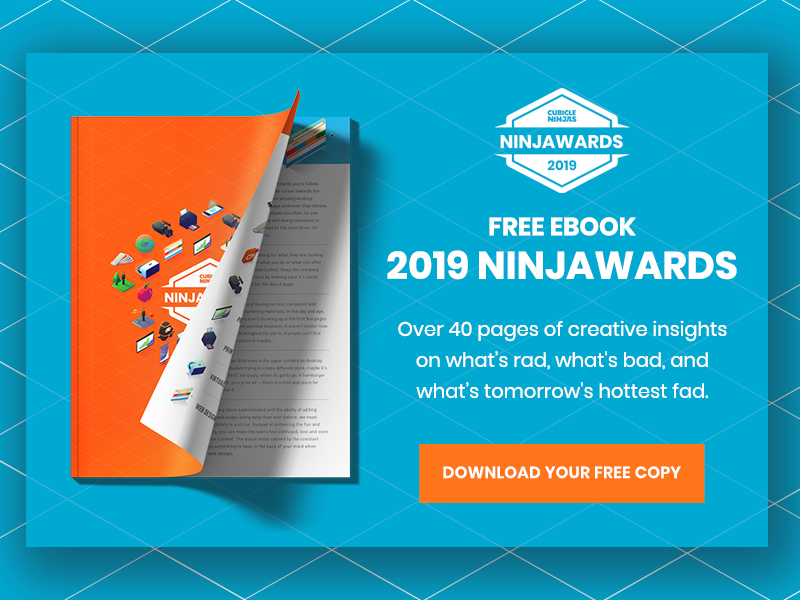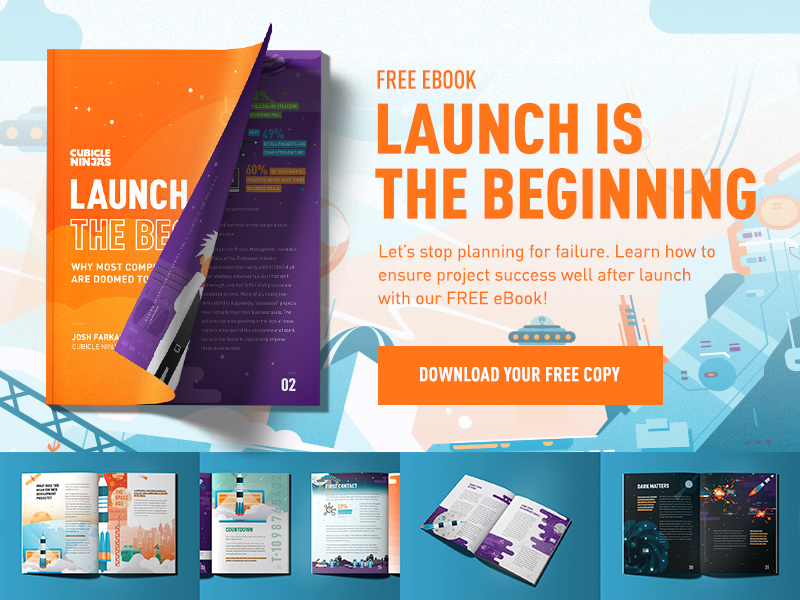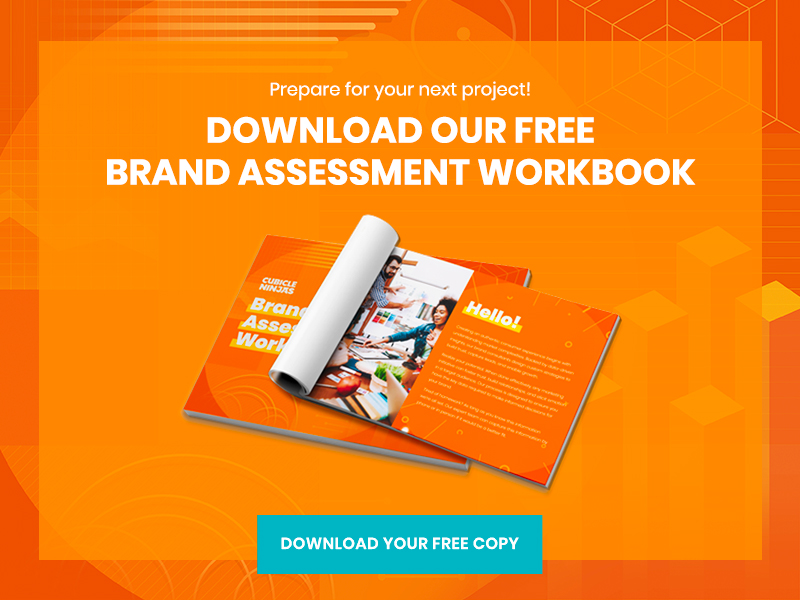
2019 360 Video Trends – Ninjawards
One of the core ninja principles is to always question the status quo.
Each year, Cubicle Ninjas’ reviews the industry’s creative highs and lows to publish a curated list of notable efforts in each specialty. Think of it as a highlights reel of the years’ best and brightest, along with some cautionary tales.
The Ninjawards provides a platform for inspiration, constructive criticism, and ultimately, recognition of bright new areas of design or technology. We hope our thinking unlocks new perspectives about the future of your creative in 360 Video!

5k Stereoscopic Video
Gone are the days of grainy, blurry, low-resolution 360 video. When 360 videos first emerged onto the scene, quality was a huge issue limiting the technology and its impact on underwhelmed viewers. This year, we saw the introduction of 5k stereoscopic video supported at the hardware level, immersing users in a level of quality never seen before in this space. This means over 25,000,000 pixels per second across the entire video, an increase of nearly 10,000,000 pixels from last year’s standard. Our team was excited to be the first studio outside of Oculus to embrace this standard in our free Go app, Guided Meditation VR.
The only challenge? We can’t stream these yet due to the level of fidelity, so users have to download these videos before they dive in.

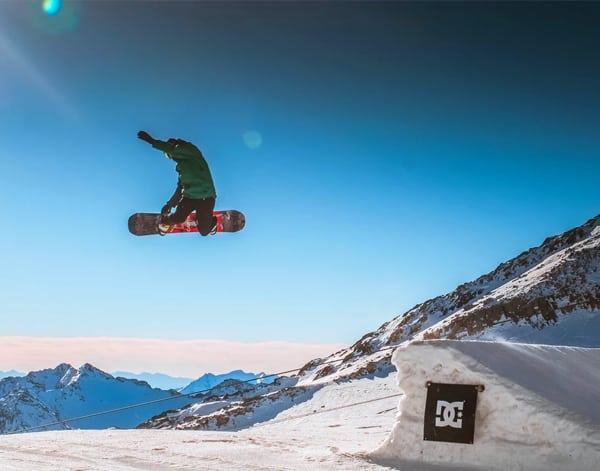


VR-180
Now, we know. This category is for 360 video, but VR-180 took off in 2018 – and we can see why. Unlike 360 video, which places the user in a fully-video sphere, VR-180 plays video in a 180 degree semi-circle in front of the user. This allows content creators to capture photos and video in 3D, but share them either in 2D or 3D, without the warping that would come with flattening a 360 shot. Apps like Amaze and Gala Shows are pushing for this kind of high-quality, one-directional content, and we expect to see others follow suit.

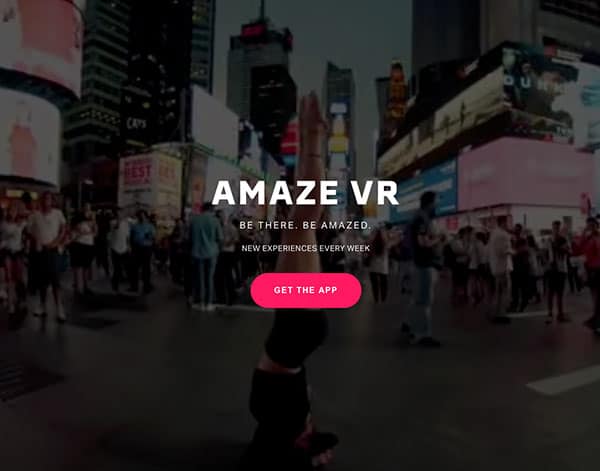
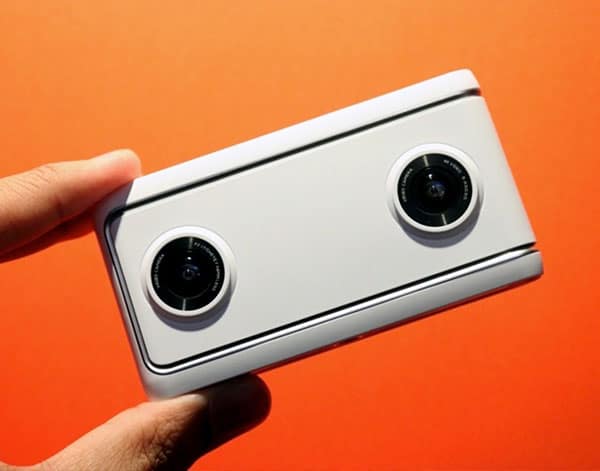

A Plethora of Platforms
As 360 video continues to become more mainstream, we’ve seen a massive spike in the amount of platforms available for sharing content. Although YouTube VR remains the most popular platform available, that hasn’t stopped worthy competitors from entering the market in recent years. Vimeo, Samsung VR, Facebook, and even relative newcomers like Veer VR are giving content creators more options than ever to share their 360 videos and photography – without the need to build a custom app.


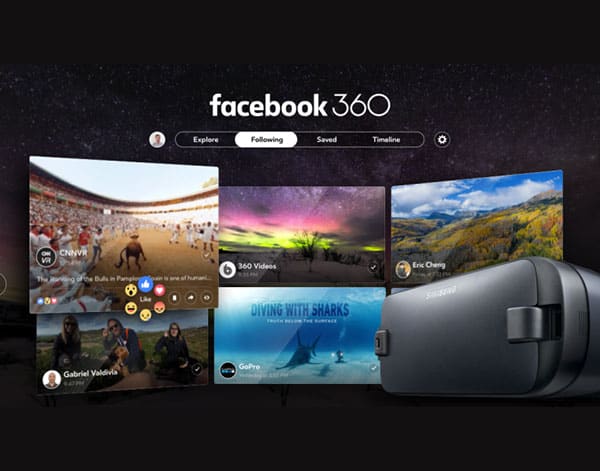
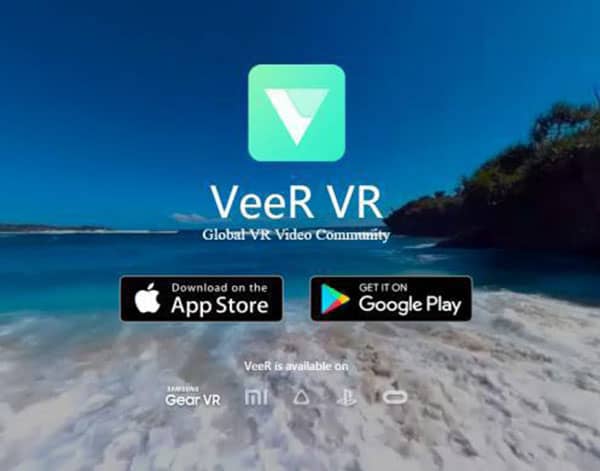
Proven Engagement
Storytelling is king. Reaching consumers with emotion and authenticity in a compelling way is key for a successful campaign. In 2018, we saw 360 video increasingly leveraged to immerse and engage viewers in ways 2D video can’t. KitKat, for example, found recent success with KitKat’s 360 Zen Break – a 360 video campaign that doubled the brand’s average video completion rate and created a 100% increase in ad recall. This led to over 10,000,000 views in just six months. Google had found in 2016 that 360 advertisements “drove 41% more earned actions than the standard ad”, but it is refreshing to see leading brands with such a significant, tangible return on their investment.

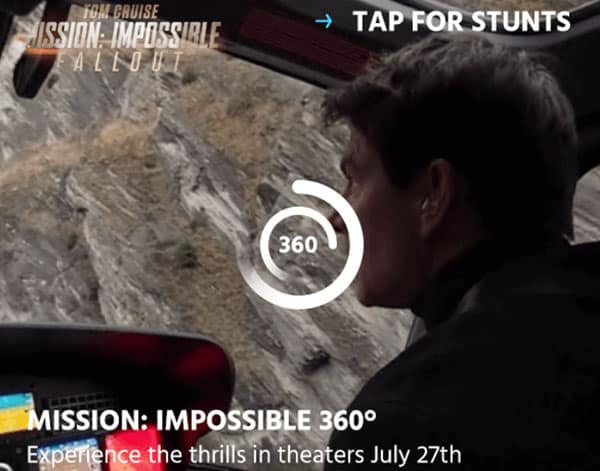

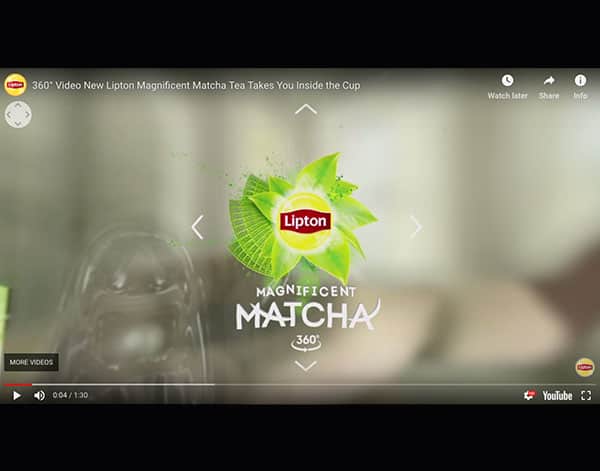
YouTube VR
Despite the increase in 360 video platforms, YouTube VR reigned supreme in 2018. The company implemented 360 support several years ago and is slowly becoming the default platform for content creators. With the sheer volume of traffic YouTube receives every day – it’s the third most visited site behind Google and Facebook – we’re not surprised YouTube VR is dominating the 360 video space. The opportunity for views and exposure are endless!


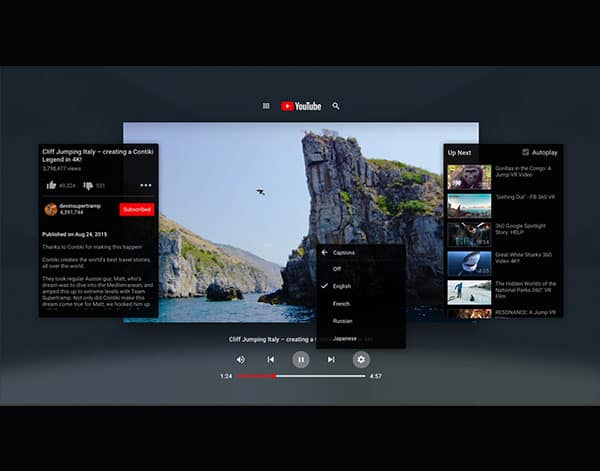

Social Video
That’s right, social integration on a video platform has finally come to mean more than text comments. Platforms like Oculus Venues, Next VR, and Amaze are leading the pack. These VR platforms allow users to watch live sports, full-length movies, and even comedy shows together in real-time. With Amaze, users can leave audio comments that are transcribed dynamically into written text, giving a much more personal feeling. If 2018 showed us anything, it’s that the future of events is social, connected video experiences.
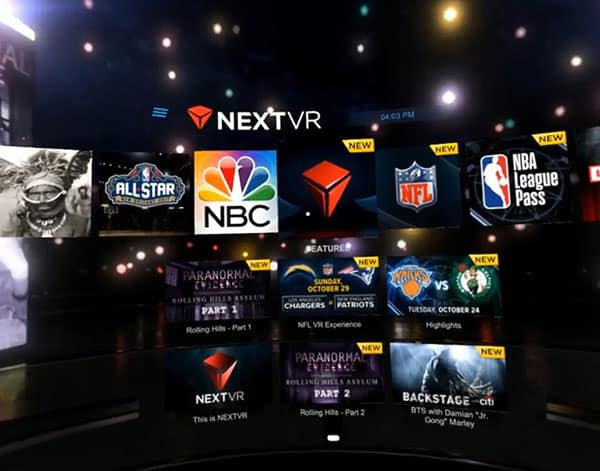



Workbook
In 2018, we refreshed and refurbished our VR/360 Workbook, a comprehensive questionnaire designed to identify our clients’ vision and goals for their future virtual reality application or 360 video. At Cubicle Ninjas, we believe that understanding our clients’ unique goals, audience, and experience vision helps us provide the most helpful creative and technical recommendations throughout the process for a more successful end product. Best of all, our VR/360 Workbook is 100% free and available now.

Lack of Call to Action
After all the time, blood, sweat, tears, and money that goes into 360 video production, content creators often forget the most pivotal part – a final call to action. What should this video inspire users to do? Whether it’s making a call, buying a product, or signing up for a newsletter, marketing campaigns always have a specific user action in mind. Too often we see companies leverage the magic of 360 video without any real user CTA. With continued experience, we hope content creators can create a more focused end-goal to take full advantage of 360 video in the consumer space.

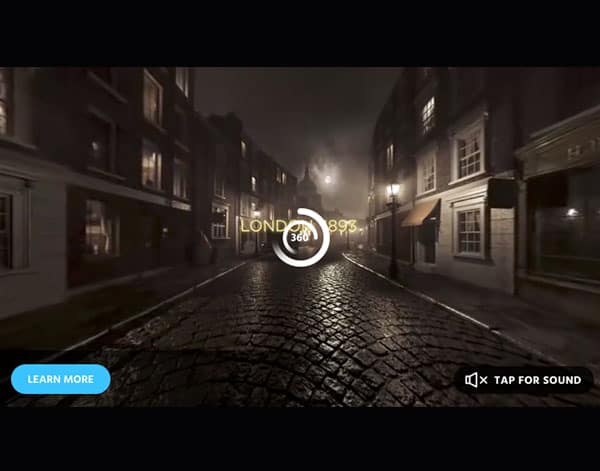
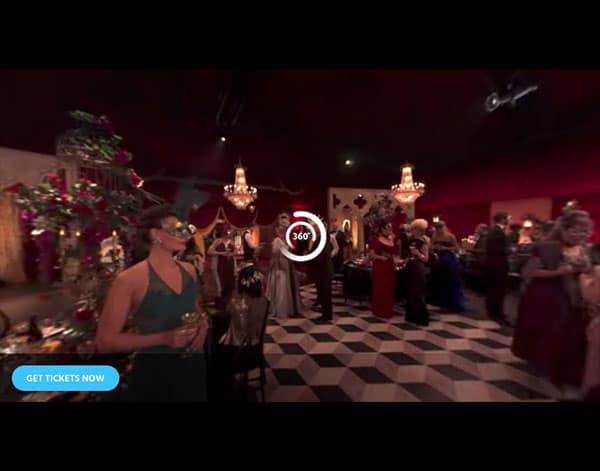

Users Not Engaging With The Full 360 View
Despite the allure of 360 video – yes, you can look in any direction – users just…don’t. The majority of the time, users look straight ahead or at the 180 degree space in front of them rather than take in the magnitude and detail of the full 360 experience. Some of this may be the newness of the technology and the general lack of experience most users have with it. Hopefully as 360 video takes its place in the mainstream, users will become more comfortable with it and enjoy more immersive experiences more intuitively. But if not, the VR-180 format will see continued growth.
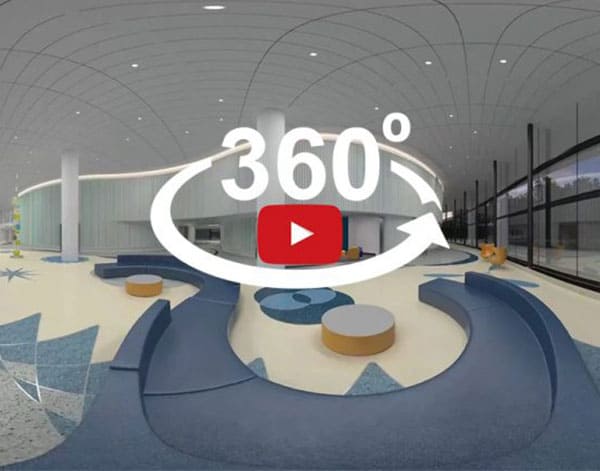
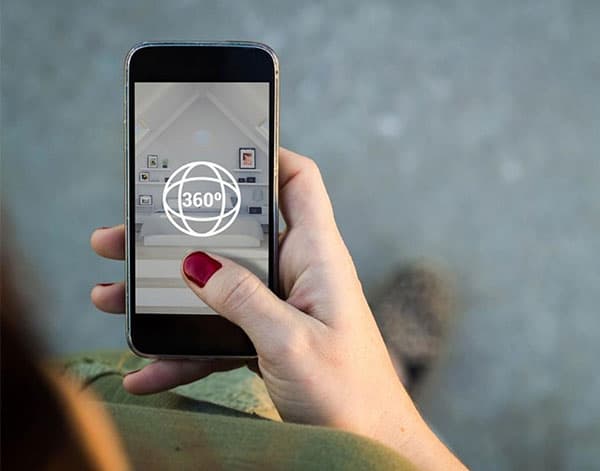

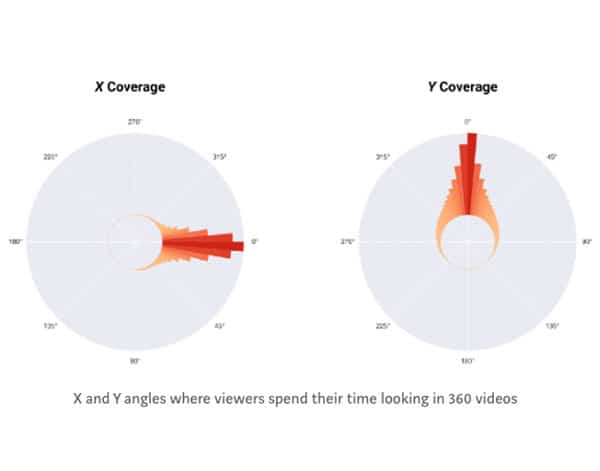
Bad Quality 360 Videos
Unfortunately, despite new technology breakthroughs, 360 video still suffers from a disproportionately high amount of low quality videos. This can be caused by poor graphic cards, massive output files, and limited bandwidth. Many are also still learning how to create a seamless workflow in VR on the hardware and software level. The end result is nothing short of users who may think 360 video is bad VR, when it is more often than not badly implemented 360 video.
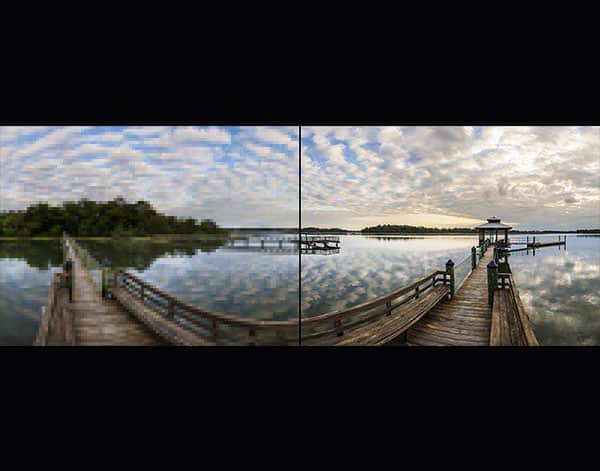

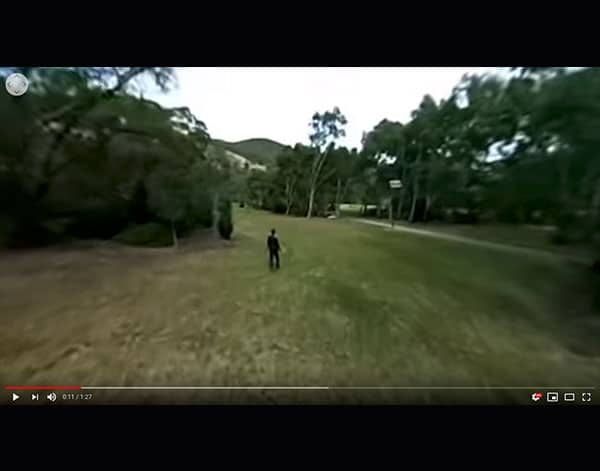
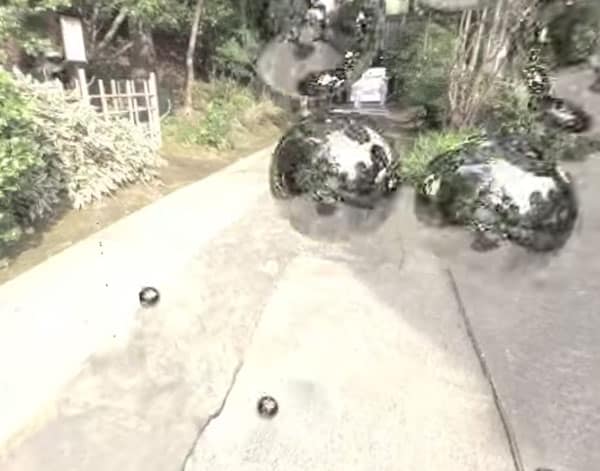
Download vs Streaming
Now that the hardware and software are powerful enough to create beautifully immersive experiences, the road to the 360 promised land is paved with gold, right? Sadly, no. While 5k stereo is beautiful, the files sizes are massive. This means your excited users are welcomed to their experience only to receive a “downloading video” screen. While YouTube VR allows streaming of 180 and 360 videos, the quality of these streams is under 3k. This means that until 5G, or other blazing wireless internet infrastructure arrives, the future of 360 videos apps have a notable challenge to overcome.
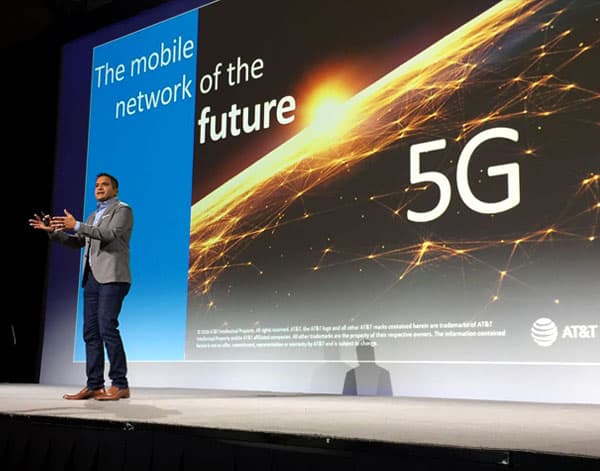
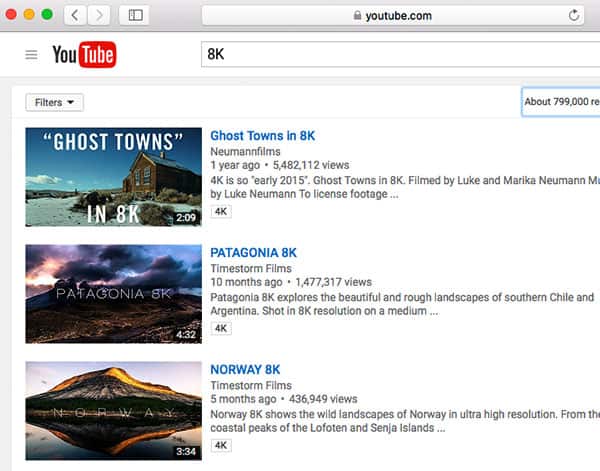



Affordable 360 Cameras
In 2017, we celebrated increased accessibility of 360 video through outlets like Youtube, Facebook, Vimeo, and Snapchat. In 2018, that increased accessibility was joined by lower costs. Whereas 360 camera technology was once only available to production companies with extensive funding, low-budget 360 cameras are highly affordable and perfect for hobbyists and amatuer content creators. We see this trend of accessibility only growing in 2019 as 360 video grows in the mainstream.

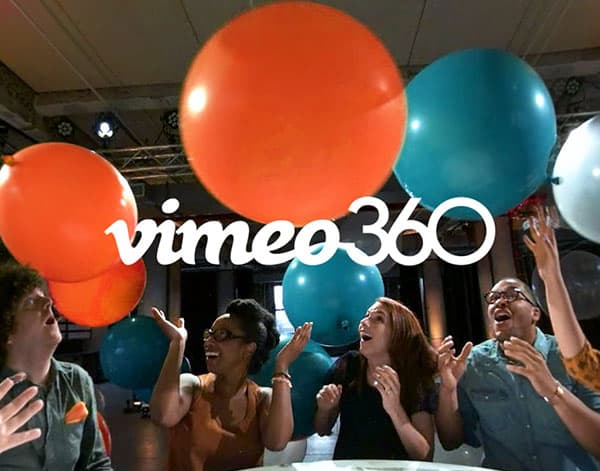
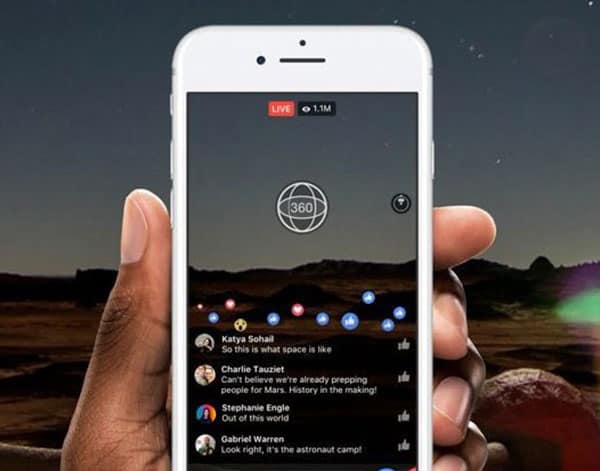

Increased Use in Mainstream Marketing
Every year, XR technologies continue to become more established in mainstream markets. In 2018, 360 video was no exception. According to a recent study, 360 video ads are more effective than 2D video ads at driving consumer purchase intent. Major brands like Samsung, HBO, Red Bull, Honda, Oreo, BMW, Ford, and more have already jumped on the bandwagon. In 2019, we expect to see more!
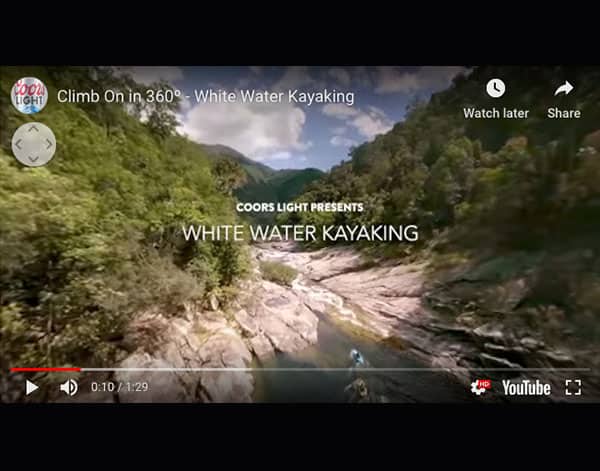
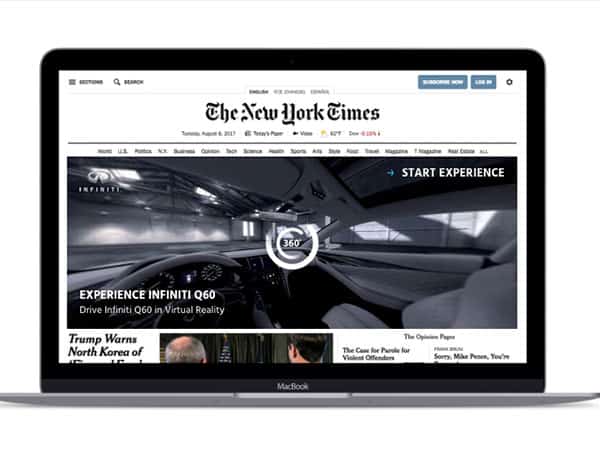
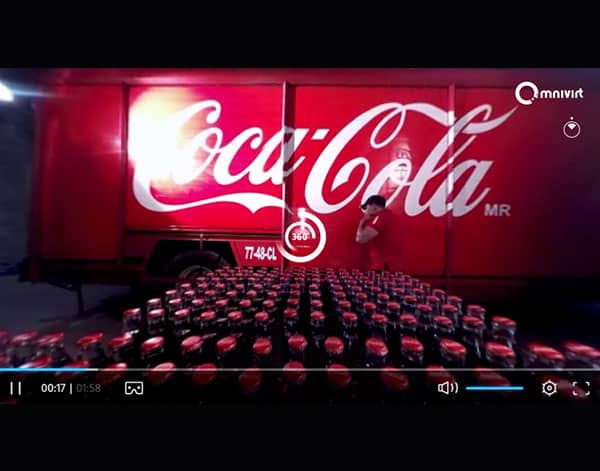

Growing HDR Support
This year, cameras like the Insta360 Pro 2 added 8K 3D Video and HDR capabilities to its arsenal. This advancement in prosumer-grade equipment allows for super-high quality 360 videos and images and was previously limited to only the highest end of 360 cameras. In 2019, we look forward to continued overhauls in technology that make producing and consuming 360 content more seamless and immersive.
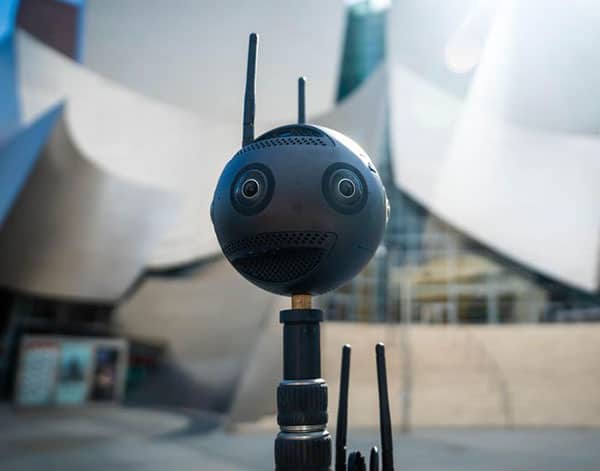
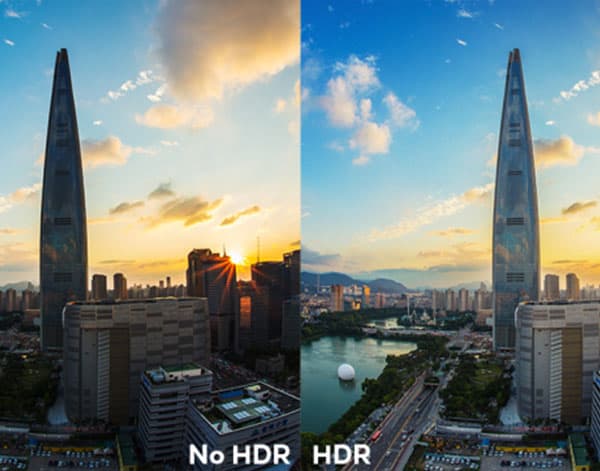
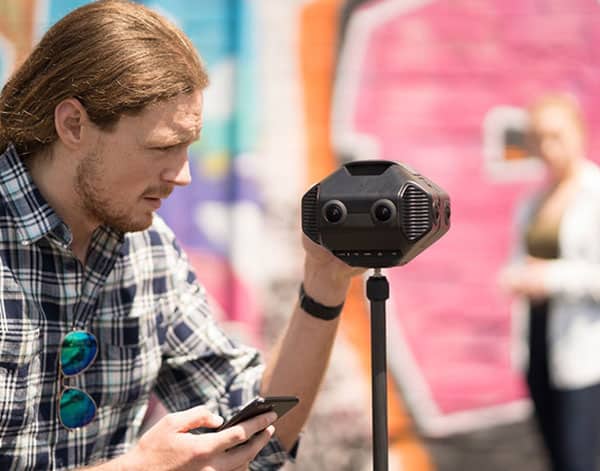

Launch is the Beginning
Cubicle Ninjas is celebrating our tenth birthday this year. With thousands of design and development projects under our belt from some of the world’s greatest brands, we’ve noticed a clear trend: successful teams see the world differently. Project launch isn’t a finish line, it’s just the beginning. Companies that think this way see exponentially greater and more frequent success in every project they touch. As part of our mission to stop bad design, we wrote a book about this revelation. To learn how to implement long-term design thinking in your organization, download our 100% free eBook, “Launch is the Beginning”.






